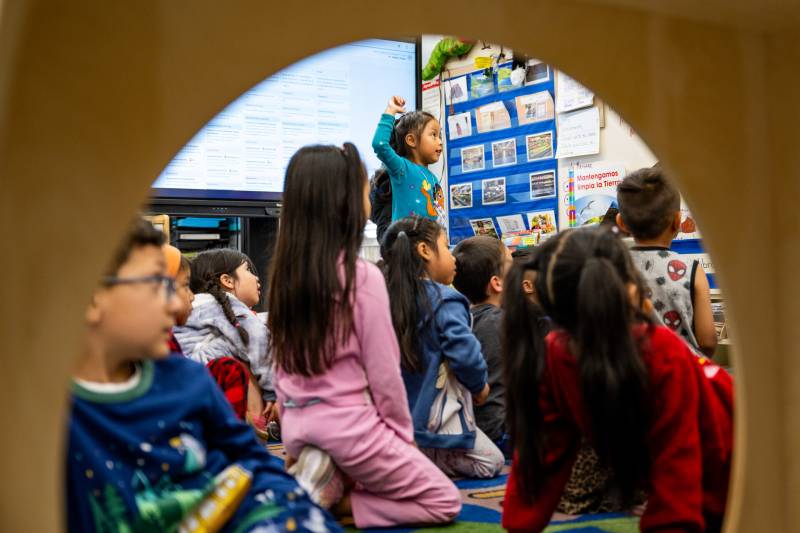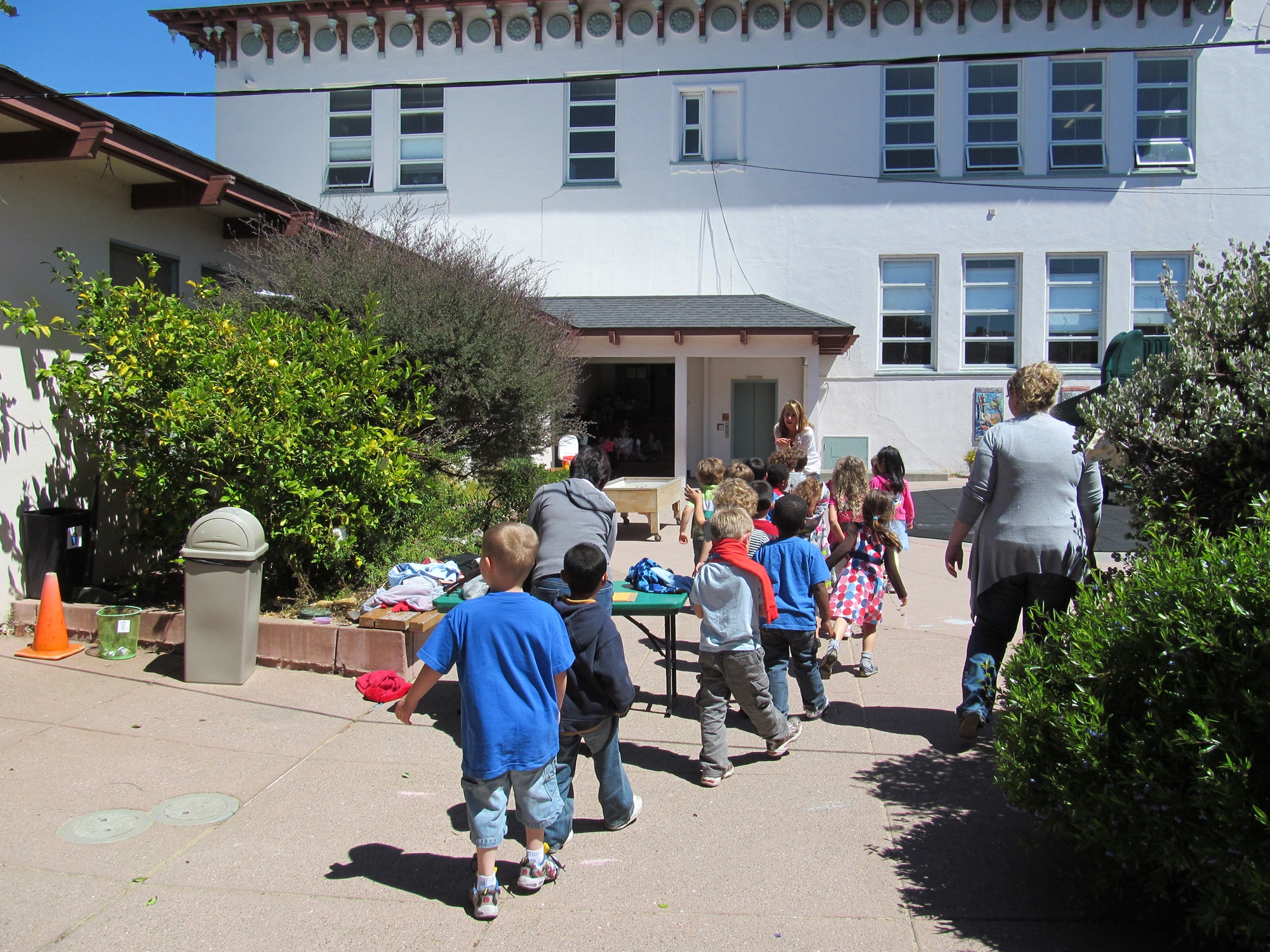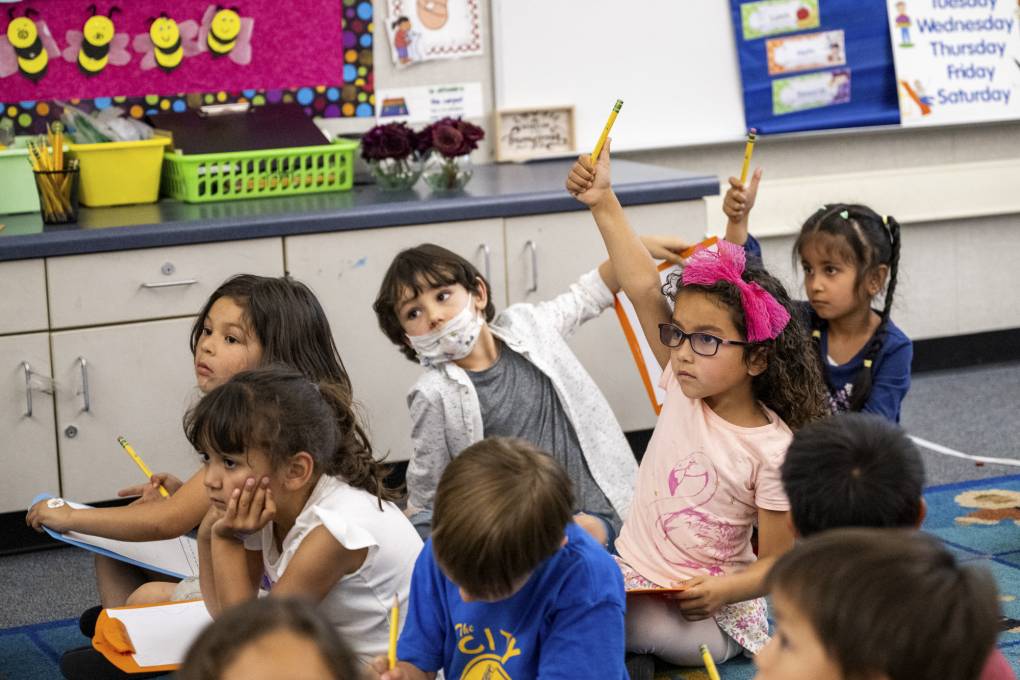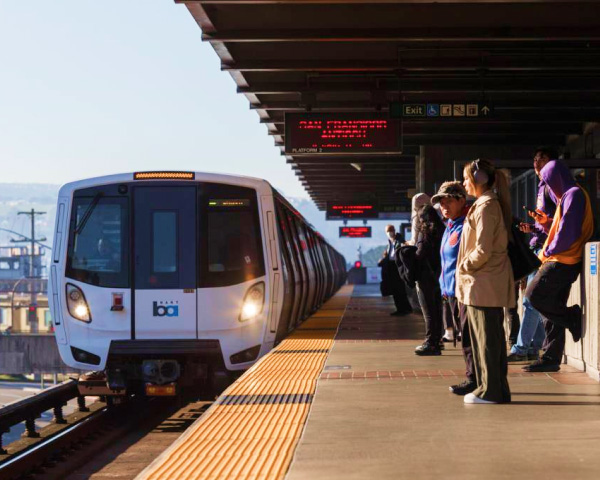Enrollment in California public schools declined for the seventh straight year, placing continuing financial pressure on school districts to cut staff or close schools to account for the lower number of students in their classrooms.
Enrollment for the current school year totaled 5,806,221 students, down 31,469 or 0.54% from the prior year, according to data released Tuesday by the California Department of Education. The number is significantly lower than the 6.1 million students enrolled in the state’s public schools in the year before the COVID-19 pandemic hit.
“The most striking indication of these latest enrollment data is that … the dramatic exodus of families and students from public schools early in the pandemic has not reversed itself,” said Thomas Dee, an education professor at Stanford University who has been studying public school enrollment since the pandemic.



